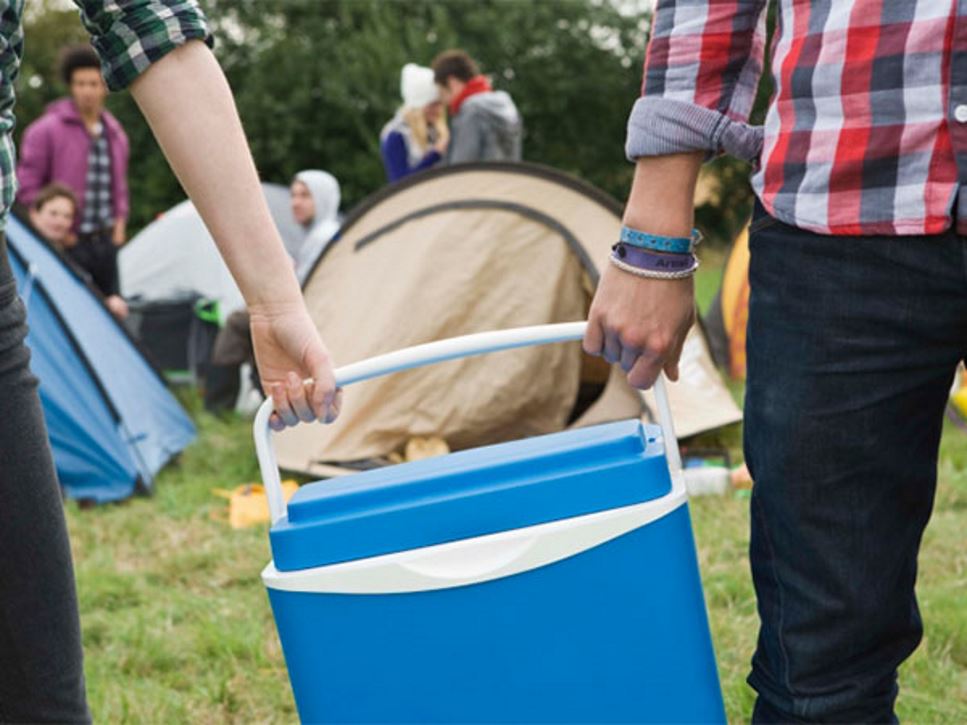When you're planning a day outdoors, bringing a cooler can keep your food safe, fresh and tasting great for hours. However, to get maximum mileage out of your cooler — and minimize the chance of food poisoning — you have to load it properly.
These simple steps make packing the perfect cooler a cinch:
Get a Head Start
- Preparation starts before you actually pack your cooler. Think ahead the day before you plan to use it. If your cooler has been sitting in a hot attic or garage, bring it into the house so you can clean it and let it cool down.
- When packing your cooler, use several inches of ice cubes or ice packs to keep your food cold. You also can make your own blocks of ice by filling clean, empty water bottles or milk cartons with water and freezing them overnight.
Arrange It Right
- To keep food coldest — and safest — load food straight from the fridge into your cooler just before you leave the house, rather than packing it in advance.
- Stashing food in watertight containers or zipped plastic bags keeps melting ice out and prevents juices from meat, poultry and fish from contaminating other foods. If you're serving a crowd, divide large portions of food into smaller servings and pack them in shallow containers to help them chill faster and make serving easier.
- Pack items in the reverse order of when you’ll be using them. That way, the foods you eat last will still be cold when you're ready to serve them. The only exception is raw meat, poultry and fish; because their juices can drip onto other items, you should load them first so they are on the bottom of the cooler. Packing these items frozen can help keep your cooler temperature low even longer.
- Keeping drinks in the same cooler as food means lots of opening and closing, which can quickly lower the cooler's temperature. Instead, pack a separate beverage cooler. Partially freezing bottles, cans and juice boxes prior to packing helps them stay frosty even longer.
Keep It Cold
- While traveling, keep your cooler inside the car rather than in a hot trunk. At your destination, find a shady spot for your cooler so it doesn't bake in the sun. Covering it with a blanket, tarp or wet towel also can protect a cooler from sweltering temperatures. If you're at the beach, bury the bottom of the cooler in the sand and shade it with an umbrella.
- One of the best ways to keep your food safe is to make sure the temperature inside the cooler is below 40°F. Instead of guessing, tuck an appliance thermometer inside for a foolproof reading.
- To lock in cold air, keep the lid closed as much as possible. When you remove food, don't let it sit out for more than two hours maximum (or one hour on days when the temperature is above 90°F).
References
Find a Nutrition Expert
Looking for credible nutrition information and recommendations? The Academy of Nutrition and Dietetics' network of credentialed food and nutrition practitioners are ready to help!

